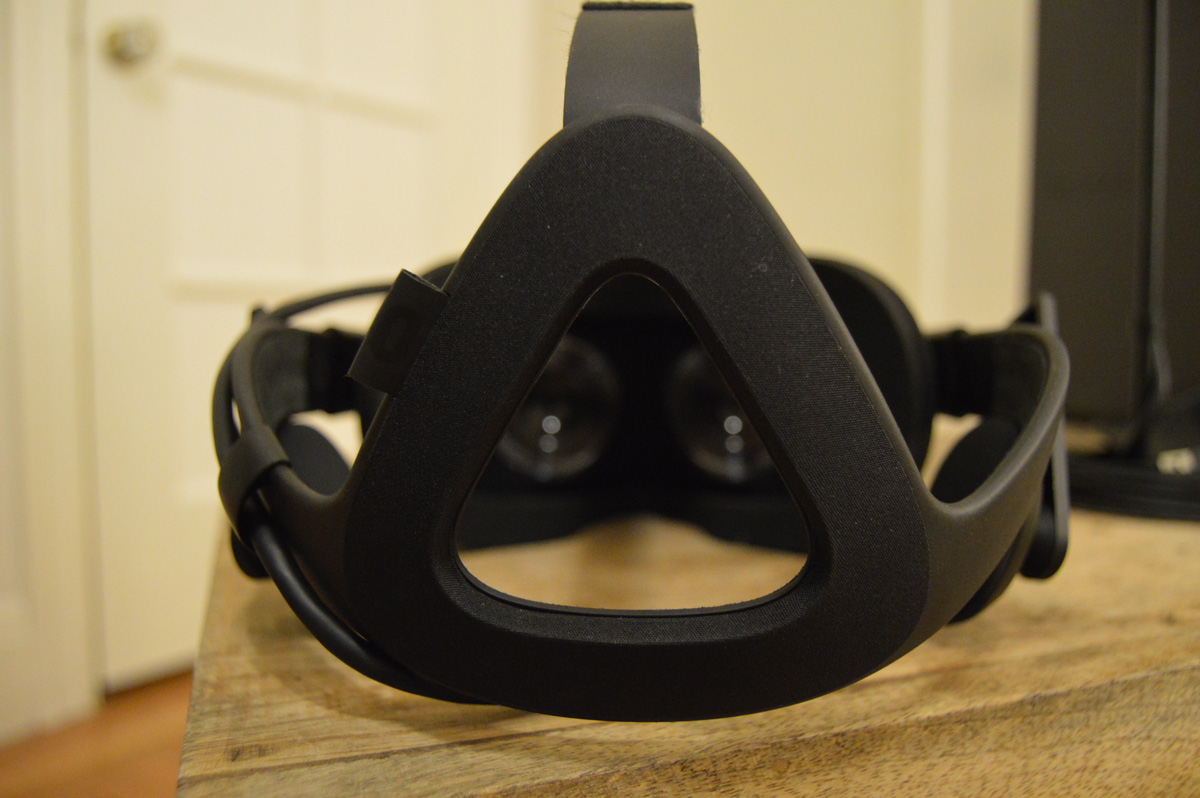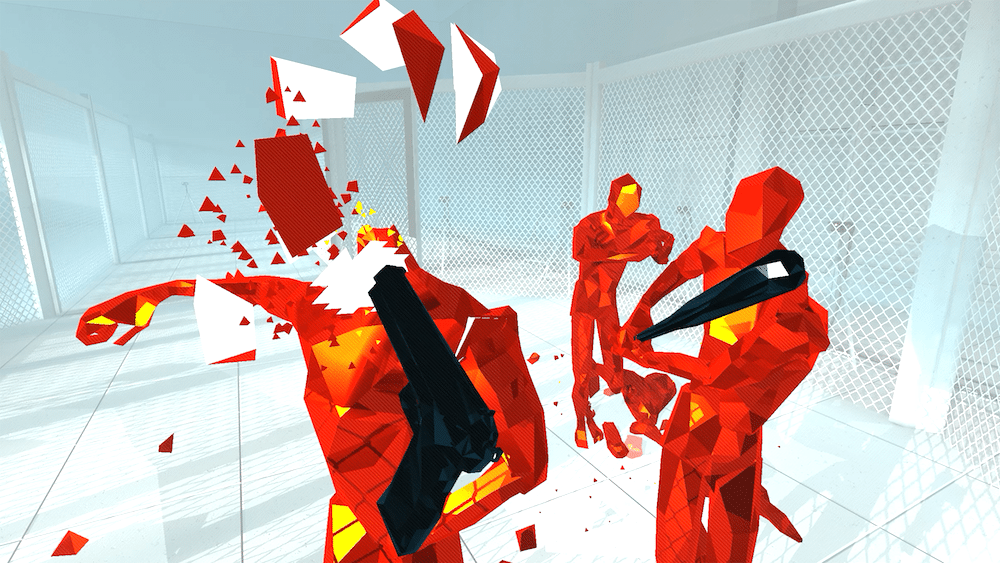You may have already noticed this, but we like VR. We like it a lot, in fact; enough to write about it day-in, day-out for years now. But, let’s be honest here, would we really recommend that your average everyday consumer run out to throw down $599 on an Oculus Rift with Touch or $799 on an HTC Vive in their current state?
No, probably not.
There is a market for VR, but it’s still very much in the enthusiast stage. It’s clear why: $599 and above is a lot of money for some undeniably amazing tech — even without the price of a compatible PC added on — and it’s far from perfect on the hardware front. Even the software and systems supporting it still largely have to find their feet. PSVR might have its limitations but the difference in price more than makes up for it, making it far easier to recommend for those with an interest in the tech. At least, that was the case before today.
In an aggressive move from Facebook, the Oculus Rift and a pair of essential Touch controllers are the same price as a base PSVR at $399 (not including Move controllers and a camera) for the next six weeks. That’s the price we’d all optimistically hoped the headset would be at launch over a year ago. Granted that doesn’t include a PC, but for the dedicated gaming fan base out there with rigs powerful enough to run VR already, the Rift is finally at a price where I could happily recommend it to anyone that showed interest.
What spurred the sale, just a few months on from Rift and Touch permanently dropping from $699 to $599, is unknown. We don’t have a clear picture on how Rift is selling, especially in comparison to its biggest competitor, the HTC Vive, but that’s kind of irrelevant to the consumer. At this price, picking up a Rift is basically like picking up a gaming console at launch, just with about 20 times the amount of games on offer.
For that price you’re getting access to a heap of great content that’s gone largely unrecognized in gaming circles over the past couple of years. These are among the more innovative and thrilling experiences to release in the entire industry, VR or otherwise . Edge of Nowhere is one of Insomniac’s best game since Resistance 3, while Superhot VR is a remarkable evolution of what made the original tick. Then there are experiences unlike anything else out there like Tilt Brush and the dream-fulfilling tie-ins like Star Trek: Bridge Crew and Rick and Morty: Virtual Rick-ality.
And let’s not forget the freebies you get just for buying a Rift (and Touch). With the headset alone you’ll get Lucky’s Tale and a slew of other content, but add Oculus’ controllers to the mix and you’ll be getting an insane amount of software including Epic Games’ Robo Recall, the Western shootour Dead and Buried, Sanzaru Games’ Ripcoil as well as great new releases like Google’s Blocks and the upcoming multiplayer gem, Echo Arena. It’s just a shame this had to happen after Rift’s massive Summer Sale, and not before.
It’s worth noting, too, that the price undercuts Microsoft’s upcoming mixed reality headsets, the first of which launch this holiday season with an optional $399 bundle including controllers. The final verdict on how these headsets will stand up next to the Rift will have to wait, but it’s a smart move on Oculus’ part to undercut Microsoft before cheaper headsets arrive on the market.
The only question that remains is the obvious one: what about the future?
Right now, Rift represents the cutting edge of VR, but how long will that remain the case, and how viable will Rift remain as successors and new competitors arrive? SteamVR’s new Knuckles controllers look like they could set the new standard for VR input, and recent progress in display technology suggests clearer images are right around the corner. Will Rift enjoy a life similar to smartphones, in which the first product remains relevant for years after the next iteration arrives? I’d certainly like to think so, but that’s entirely down to just how big of a step forward the next product is.
All that said, I’m still talking about a specific audience here. Rift’s content library still really only appeals to gamers right now. Rift has just opened itself up to a much wider market than it already appealed to, but there’s still plenty of room for expansion.
The next goal is to get Rift — or any major VR headset — to the point where I would recommend it to simply anyone. That will mean more than just another price cut on the headset itself; it probably means cheaper, more powerful PC hardware that’s more accessible than ever, a continued growth of quality content and perhaps even a next-generation headset that continues to improve upon the foundations laid out by Rift v1. Getting to this point has always been VR’s big goal, and after today’s price cut it seems closer than ever.






























